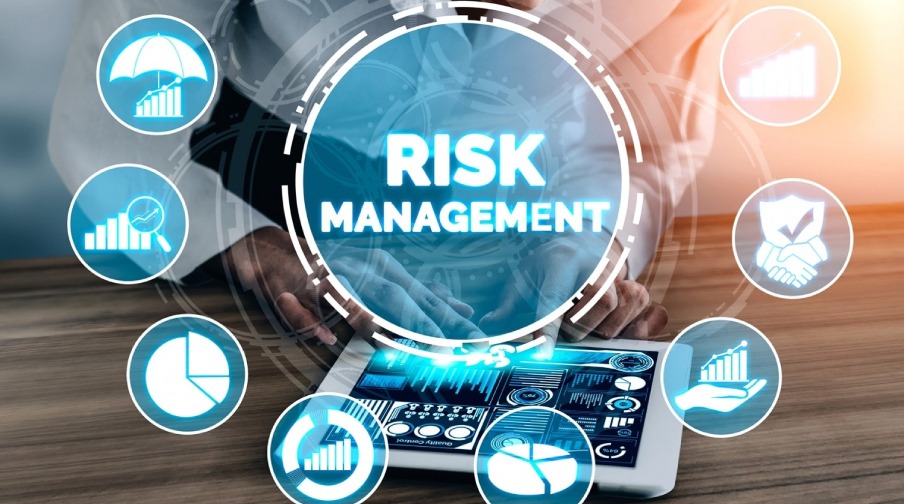In this 21st century our lives have totally transformed and with the advent of the advanced technologies, our daily routine work processings have turned far easier and smoother than ever before. With the different technologies, we are able to overcome the challenges of daily life.
But still disaster such as floods, earthquake, and many more natural disasters resolution we don’t have till now. These are disasters that can happen at any time and affect our lives at 360 degree.
Undoubtedly, the same reflected to the tech industry, with the adoption of the advanced solutions mid to large enterprises have transformed their operational internal infrastructure but still there are different risks dominating the market such as viruses, hackers are their who can hack all the information, and lack of software updations can lead you to high risks of losing your data.
The sudden attacks can lead you to the heavy loss and in order to save the information in advance, it is important that entities should have their back up plan ready as problems such as system crash or hardware failure can be held at any time. But it is important to take safety measures.
In this blog, we have mentioned the comprehensive checklist of a disaster recovery plan that helps you to ensure you streamline the different internal processes.
Full checklist to secure your data from the technical disaster
1. Risk Assessment

The foremost step of the companies is to know about the different viruses and threats in the market. It is important for the entities to have all the access and identify the threats on the initial stage that impact your businesses. With this you can classify the different risk factors and also decide the priorities as per your business plan. This allows you to gather different information and also predict possibilities that can affect your possibilities later. So, it is important to know the different risk factors that your companies might face and affect the management.
2. Inventory Management

Inventory of the different solutions plays a crucial role. It is important that your inventories should be managed in a better way and hardware can be crashed at any time in the premises. In order to manage the different hardware processes and IT infrastructure companies should have the backup plans and also allow them to manage the mission critically without any hassle. At the time of purchasing data, it is important that you should have the information related to the hardware owners at the time of purchasing only that helps you to run your different software smoothly and for a longer period.
3. Assign Responsibilities
In the internal management process, it is important that you should assign duties to the expert or professional who can manage different processes. Even in some emergency cases, the decisions have to be made on an instant basis without any delay, so to overcome the situation, it is important that the right person should assign their duties and they should also manage the relocation so that they are able to monitor the different sectors and employees can work continuously without any hassle.
In every operation, there should be a specific operational internal manager who should be responsible to streamline the different processes, so programmers can work accordingly without any hassle and also increase business efficiency as well as productivity.
4. Data Recovery

Data recovery is the crucial part of the company that allows them to streamline the different data processes in an accurate manner. There are high chances of losing your data in one or the other way but companies should always have a strong back up plan. Presently different innovative technology based solutions have launched in the market that allows you to manage all your data such as Cloud and AWS.
For any company data plays an important role, it is an essential part of the different entities and in order to streamline the different processes, mid to large enterprises should have the strong back up plans to manage data even if you lost it in any case. This will help you to manage data efficiently without any issues.
5. Communication
Companies should have strong communication methods that allow them to connect with the team members easily with different modes such as Skype, calls, and messages. It is important to have strong platforms to transfer information and apart from different solutions, there should be responsible staff members who should be capable of taking charge .
Conclusion
Disaster management is a daunting task and it can occur at any time whether it’s our personal lives or technical. Different threats such as system failure of system, software crash, and many more can be held but it is important that companies should have a strong back plan to secure the data and manage it effectively that allows them to recover the storage without any loss.